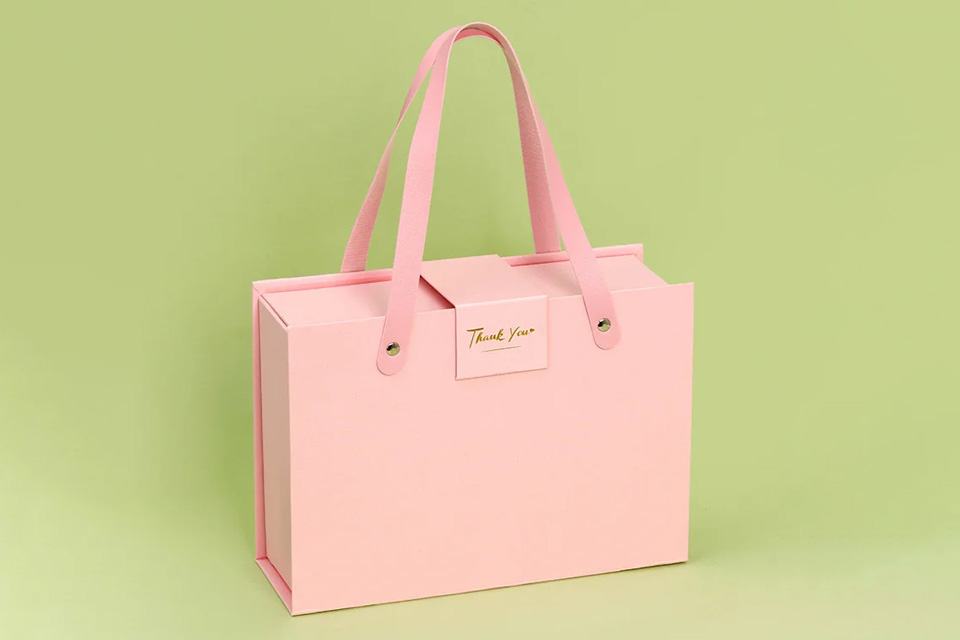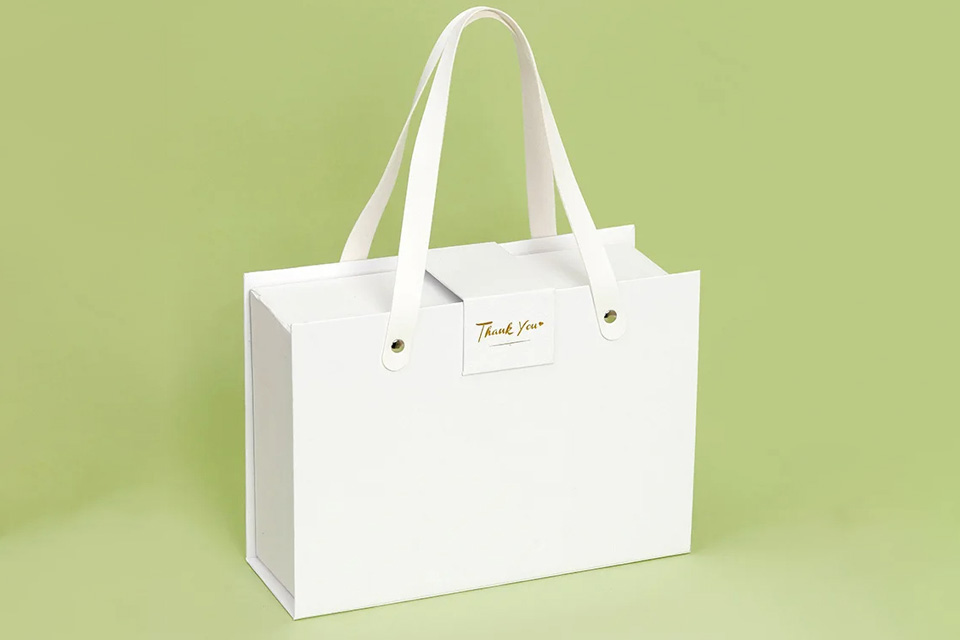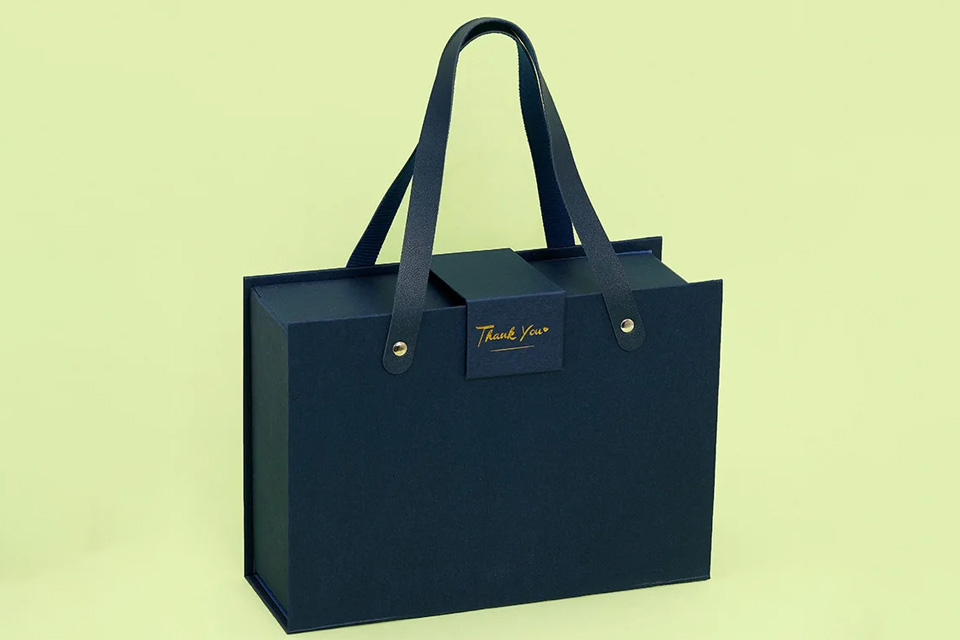packaging: the silent sales engine of brands - seven-dimensional strategies drive product sales to double
Packaging: The silent sales engine of brands - seven-dimensional strategies drive product sales to double
Introduction
In a market environment with serious commodity homogeneity, product packaging has evolved from a basic protective function to a core carrier of brand strategy. Research shows that 72% of consumers regard packaging design as a key factor in purchasing decisions, and 39% of online shoppers actively share packaging content with a sense of design. This article systematically analyzes how packaging can achieve sales growth through design innovation and strategy integration from seven dimensions, including brand recognition, consumer psychology, functional optimization, and scene marketing, and combines authoritative cases with industry trends to provide companies with feasible packaging upgrade solutions.
1. Constructing brand super symbols: Application of visual hammer theory
Packaging is the first contact point for brands to establish cognitive connections with consumers. Classic cases such as Coca-Cola's red ripple bottle and Starbucks' green mermaid logo prove that brand recognition can be increased by 300% through a unified color system (such as the "visual hammer" proposed on page 1) and iconic graphics. Small and medium-sized enterprises can learn from the bamboo gift box strategy of a tea brand in page 3, combining environmentally friendly materials with cultural symbols to form a differentiated memory point. Research shows that companies that continue to use unified packaging elements can increase customer repurchase rates by 25%.
2. Strategic deployment of color psychology: from eye capture to emotional resonance
The impact of color on consumer decision-making can be formed within 0.67 seconds. The use of red and orange warm tones in food packaging can stimulate 18% of appetite hormone secretion (page 1), while the cool color design of beauty products can increase professional trust by 32% (page 5). The black and gold color scheme mentioned in page 7 successfully creates a high-end image in luxury packaging, and its premium space can reach 2.3 times that of conventional packaging. Pay attention to the differences in target groups-the children's snack case in page 3 shows that bright colors can increase parents' willingness to buy by 41%.
3. Information layering design: selling point explosion under the 5-second rule
The average stay time of modern consumers in front of the shelf is only 0.3 seconds, and the packaging must follow the layering principle of "primary visual area + secondary information area". The visualization strategy of the core selling point emphasized on page 5, such as the magnification of keywords such as "0 additives", combined with the real-life photos of ingredients, can increase the efficiency of information transmission by 60%. The QR code traceability design on page 3 enhances trust through technology empowerment, and a specialty brand has achieved a 200% increase in online sales.
4. User experience reconstruction: from unboxing ceremony to scene adaptation
The practicality of packaging directly affects 32% of repurchase decisions (page 2). The "treasure-style" hierarchical structure proposed by page 3 increases the consumer surprise index by 55% through the unboxing ceremony design; the easy-tear and leak-proof design of page 5 can reduce 23% of customer complaints. For segmented scenarios, page 1 recommends the development of customized solutions such as family sharing packages (40% increase in customer unit price) and travel portable packages (18% increase in conversion rate). The minimalist opening design of the Japanese brand Kando is a typical example of this.
5. Environmental value empowerment: the consumer driving force of green packaging
73% of Generation Z consumers worldwide give priority to environmentally friendly packaging products. The beauty packaging in webpage 3 that can be transformed into a storage box has increased the brand's social media exposure by 300% by giving it secondary use value. Companies that use sustainable materials such as FSC-certified paper and plant-based inks can not only reduce logistics costs by 28% (webpage 4), but also establish an ESG corporate image and gain a 22% willingness to pay premium.
6. Social media fission: the digital communication potential of packaging
"Social media-friendly" packaging has become a traffic entrance. Data from webpage 1 shows that the sharing rate of packaging with interactive elements (such as scratch cards and AR technology) has increased by 60%, and the holiday blind box strategy mentioned in webpage 7 has enabled a gift company to achieve sales of over one million in a single quarter. It is recommended to refer to the Xiaomi user co-creation model on webpage 5 and embed UGC incentive points in the packaging design, such as DIY illustration areas, to encourage consumers to spontaneously generate communication content.
7. Dynamic packaging strategy: data-driven iteration mechanism
The A/B testing methodology proposed in webpage 4 shows that companies that update 3-5% of packaging elements every month have a 19% increase in customer freshness retention. The hierarchical strategy of page 6 can be adopted, with basic models meeting the needs of the general public and limited models creating scarcity (up to 50% premium space). A skincare brand has increased its repurchase rate by 30% through quarterly packaging iteration (page 3), which confirms the market value of dynamic strategies.
Summary
Product packaging boxes have broken through the limitations of physical containers and evolved into a composite sales system that integrates brand strategy, consumer psychology and data technology. From visual hammer construction to sustainable value delivery, from unboxing experience to social fission, collaborative innovation in seven dimensions can create more than 200% sales growth space (page 3 evidence). It is recommended that companies establish a "packaging innovation laboratory" and regularly combine the focus group test of page 2 with the user portrait analysis of page 5 to include packaging upgrades in the core marketing budget. In the era of attention economy, whoever gets the packaging gets the market - this is not only a sales strategy, but also a key battle for brand survival.



